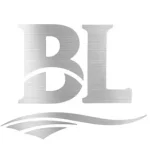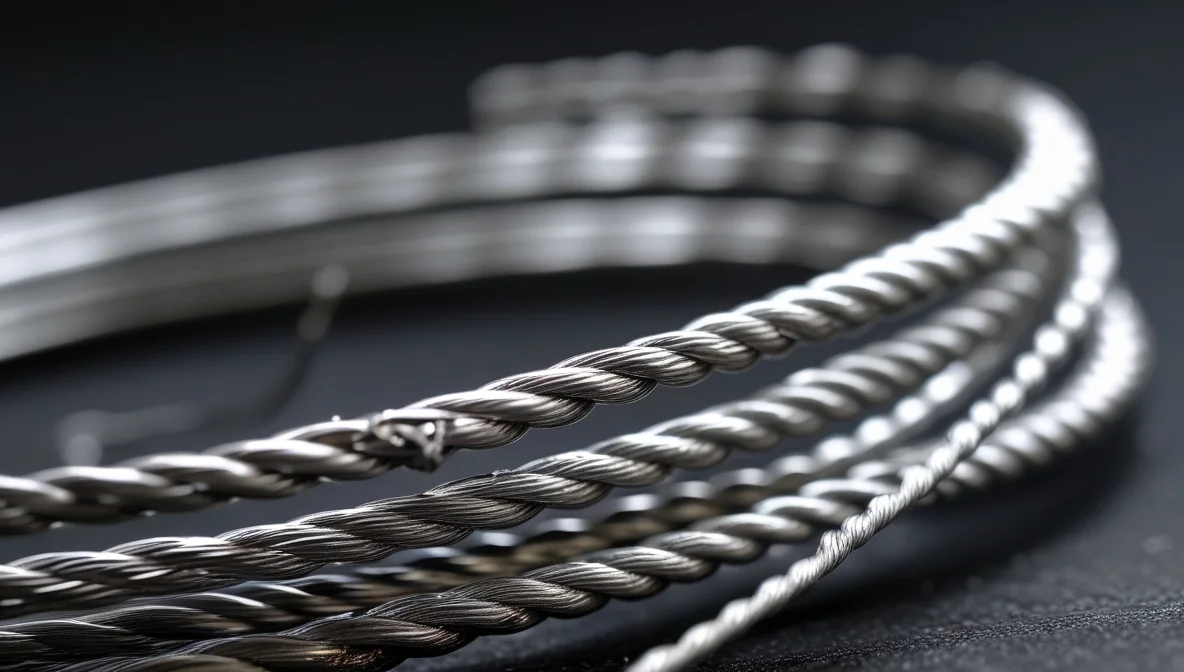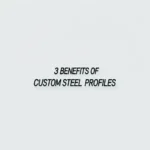The primary reason why 316 stainless steel is more expensive than 304 stainless steel comes down to the cost of its alloying elements, specifically molybdenum and slightly higher nickel content.


Here’s a breakdown of the factors contributing to the higher cost of 316 SS:
- Molybdenum Content: This is the most significant factor. 316 stainless steel contains approximately 2-3% molybdenum, while 304 contains only trace amounts, if any. Molybdenum is a relatively expensive alloying element compared to iron or chromium. Its addition is precisely what gives 316 its superior resistance to pitting and crevice corrosion, especially in chloride environments. The cost of adding this specific element directly increases the raw material cost.
- Nickel Content: 316 stainless steel typically requires a slightly higher minimum nickel content (around 10-14%) compared to 304 (around 8-10.5%). Nickel is also a relatively expensive alloying metal, and its price fluctuates significantly on the global market. This higher nickel requirement further adds to the material cost of 316.
- Market Demand and Supply: While both 304 and 316 are widely used, the specific demand dynamics for molybdenum and higher-nickel alloys can influence pricing. However, the fundamental driver remains the intrinsic cost of the alloying elements.
- Processing Costs (Minor Factor): While processing costs for both grades are broadly similar as they are both austenitic stainless steels, slight differences in work hardening behavior or specific mill requirements could theoretically have a minor impact, but this is generally overshadowed by the raw material costs.
In essence, you are paying for the enhanced performance, particularly the significantly improved corrosion resistance, that the molybdenum and increased nickel provide in 316 stainless steel. The higher price reflects the higher cost of incorporating these valuable alloying elements into the steel matrix.
Why is 316 more expensive than 304? — This article provides a practical buyer‑focused overview with specifications, selection tips, and on‑site considerations. Explore related topics: blog.
Key Specifications and Standards
- Standards: ASTM / EN / JIS (e.g., ASTM A240/A36, EN 10088/10025, JIS G4304/G3131).
- Surface options: 2B, BA, No.4, HL, mirror; galvanized (electro / hot‑dip).
- Processing: hot‑rolled, cold‑rolled, annealed & pickled, welded or seamless.
- Typical services: slitting, shearing, cut‑to‑length, drilling, beveling, deburring.
- Documentation: MTC, CO, packing list with net/gross weight and heat numbers.
Typical Applications
Construction, machinery, automotive, energy, enclosures and fencing, food equipment (for stainless), and general fabrication. Match grade and finish to corrosion, strength, and appearance requirements.
Selection Guide
- Use certified material with Mill Test Certificate (MTC).
- Confirm standards (ASTM/EN/JIS) and tolerances per drawing.
- Match surface finish to application (2B/BA/No.4/galvanized).
- Specify dimensions and acceptable deviation upfront.
- Plan packaging and corrosion protection for transit.
Processing, Packaging and Logistics
We adopt edge protection, waterproof wrapping, rust‑inhibiting paper, fumigated pallets, and strapping suitable for sea freight. Loading photos and weight lists are provided for each shipment.
FAQs
Q: What lead time can I expect?
A: Typically 7–15 days ex‑works for standard sizes; custom processing may extend the schedule.
Q: Can you provide cut‑to‑size service?
A: Yes. We slit, shear, cut, drill, bevel and deburr to drawing to reduce waste and speed installation.
Q: How do you ensure quality?
A: Incoming inspection, process control, and final inspection with traceable heat numbers; third‑party inspection is available.
Q: Do you support small trial orders?
A: We support pilot quantities with consolidated shipping to control cost.
All values are typical and for guidance only; confirm with the datasheet and purchase order before production.
Related products: view details.
Related products: view details.





